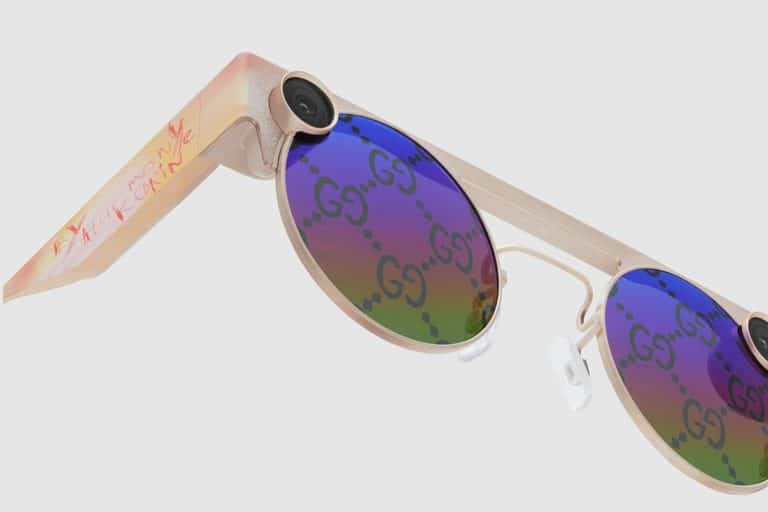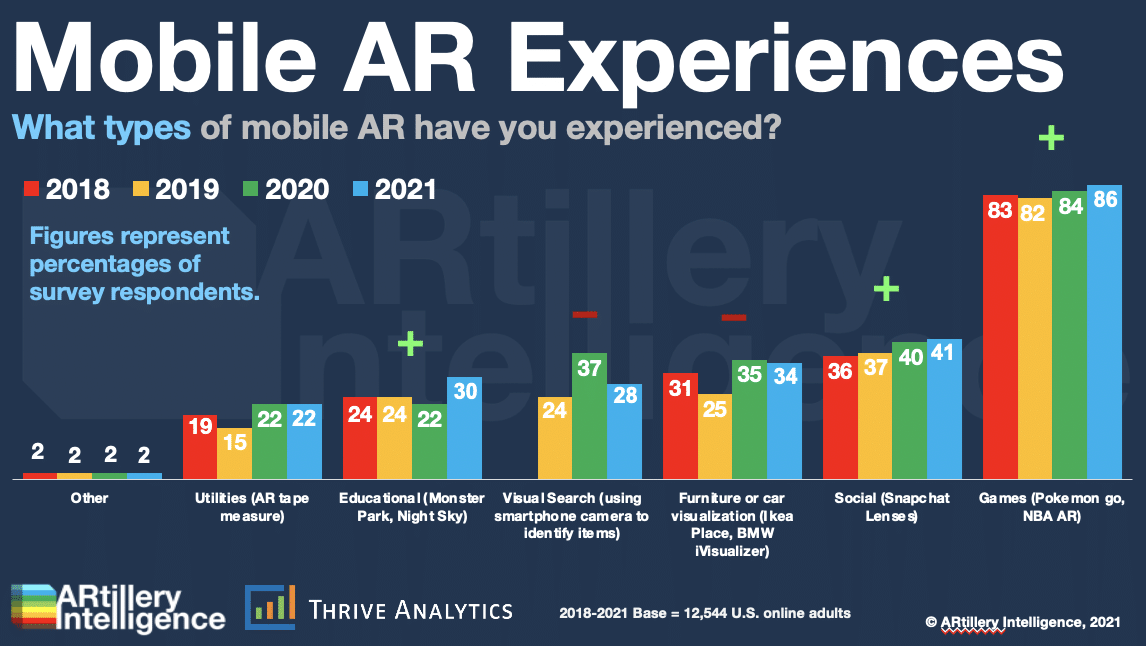
Snap’s rumored AR glasses could breath new life into its unspectacular hardware past
by Mack DeGeurin
Snap, maker of the social messaging app Snapchat, is rumored to be working on a pair of its Spectacles smart glasses with AR-capable displays, according to The Information. The displays would mark a significant technological improvement over previous Spectacles models, and would move Snap closer toward offering true AR hardware. The new glasses would also differ from prior models by reportedly targeting developers and creators of Snapchat Lenses—a popular feature which lets Snapchat users create custom AR filters—rather than consumers.
Unlike previous Snap glasses, which primarily focused on capturing video and photos, the new Spectacles could provide wearers with a true AR experience. Previous Spectacles essentially functioned as wearable cameras intended to record video and images directly to the Snapchat app, and lacked the capability to display AR effects in the glasses themselves—users still needed a phone to view them. According to The Information’s reporting, the updated model could change this through the ability to directly superimpose AR effects onto a user’s field of vision, thanks to the new displays.
Snap’s attempts to push into hardware have been less than spectacular. The first Spectacles launched in 2017; by the end of the year, only an abysmal .08% of Snapchat users had purchased the smart glasses, per TechCrunch. Of those who did buy Spectacles, not even 50% were still using them a month later, relegating them to the land of tech gimmickry. All told, Snap lost $40 million on the first generation of Spectacles, with hundreds of thousands of unpurchased shades left to gather dust in warehouses. However, in the years since these dismal results, Snap CEO Evan Spiegel has continued to claim that smart glasses remain a key “pillar” of the company’s focus for the next decade.
Despite its early flops, Snap’s experience and recognition with AR in social may still give it an advantage in a competitive field that’s steadily growing more crowded. According to a March report by ARtillery Intelligence and Thrive Analytics, 41% of US mobile AR users they had used AR on a social networking platform, making it the second-most popular outlet for experiencing AR after video games (see chart below).
That’s good news for Snap, which may benefit from its experience as a first-mover in AR for social media. Snapchat pioneered AR for social media in 2015, with the introduction of Lenses—which competitors were quick to copy—and has come to dominate social AR since. In Q1 2020, Snapchat claimed more than 75% of its 229 million daily active users on average engaged with AR content every day. Snap’s position as an established leader in social AR could help its new Spectacles appeal to AR-curious consumers down the line.

 A version of this article originally appeared in eMarketer, containing data from AR Insider’s research arm, ARtillery Intelligence.
A version of this article originally appeared in eMarketer, containing data from AR Insider’s research arm, ARtillery Intelligence.

